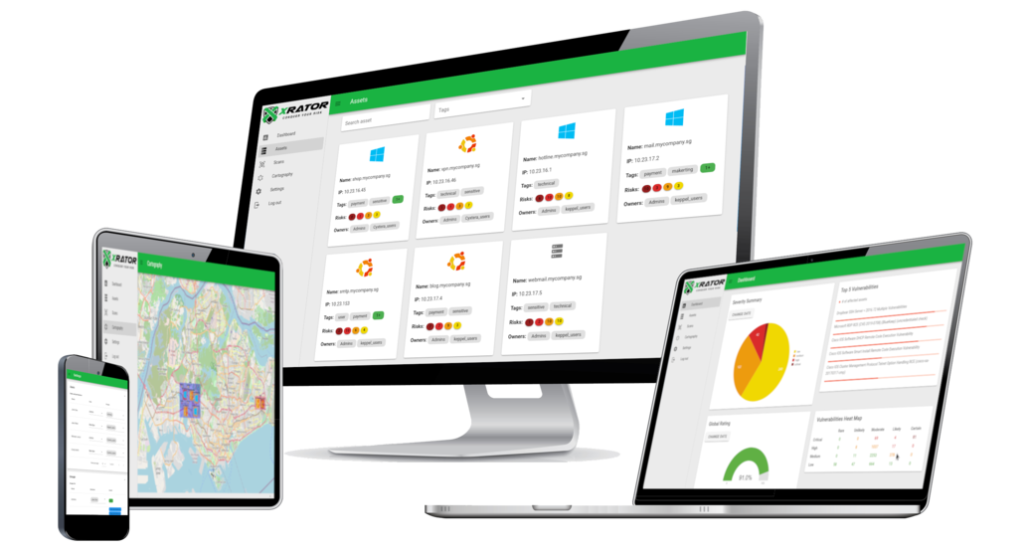Align Your Attack Surface with Critical Business Impacts
XRATOR’s platform empowers IT Security Teams with critical insights into their external, internal, and cloud attack surfaces, automating the alignment of security initiatives with business impacts and up-to-date threat intelligence.

Focus on Strategic Vulnerabilities, Not Just Noise
IT Security Teams are often swamped with managing expansive attack surfaces and juggling numerous vulnerabilities, which can overshadow strategic risk management efforts. The real challenge lies in effectively identifying, prioritizing, and mitigating vulnerabilities before they become exploitable threats.

Comprehensive Asset Discovery
Achieve a deep, real-time understanding of your full asset landscape, ensuring no element of your internal, external, and cloud attack surface is overlooked.

Intelligent Vulnerability Management
Employ XRATOR's advanced scanning and prioritization, focused on actual business and threat landscape risk rather than pure technical severity.

Integrated Business Impact Analysis
With direct linkage of technical vulnerabilities to business impact metrics, translate cyber exposure into financial loss to improve strategic decision-making.
They Support US

Scot Mason – CISO

Our ecosystem








Our Corporate Certifications


The Cyber Essentials, delivered by Singapore Cyber Security Agency, recognize that the XRATOR has put in place good cyber security practices to protect our operations and our customers against cyber-attacks.
Recognized by the Label Initiative Remarquable, XRATOR stands out for its responsible business practices and Corporate Social Responsibility commitment to societal, environmental, and local economic improvement.
|
|
